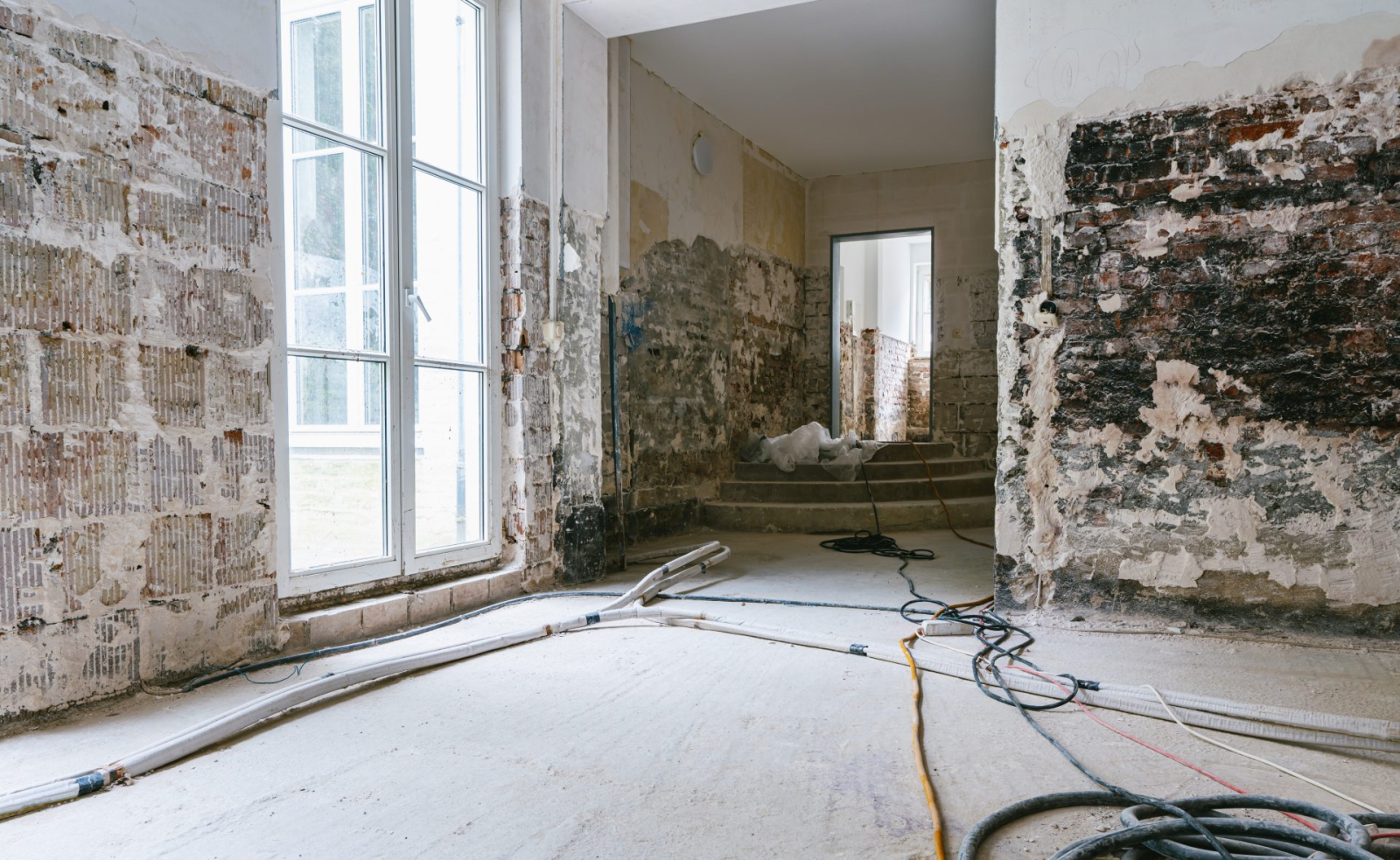Notifications

6 minutes, 42 seconds
-40 Views 0 Comments 0 Likes 0 Reviews

Black mould, scientifically known as Stachybotrys chartarum, is a particular concern for homeowners in Northern Ireland due to the region’s damp climate. This type of mould thrives in areas with high moisture levels and can be hazardous to health if not addressed promptly. Fortunately, Mould Removal Services Northern Ireland a certified team specializing in black mould removal can effectively tackle this issue. This article will explore the dangers of black mould, the signs of its presence, the health risks associated with exposure, the benefits of choosing certified removal experts, and the process involved in safely eliminating mould from your property.
Black mould is more than just an unsightly nuisance; it can lead to serious consequences for both property and health. This type of mould often appears as dark green or black patches and can release spores that are harmful when inhaled. The moisture that allows black mould to flourish can also damage the building structure, leading to costly repairs over time. Homeowners should recognize the importance of addressing black mould issues immediately, as delaying treatment can result in extensive damage and more severe health hazards for occupants.
Detecting black mould early is crucial for effective remediation. Homeowners should be vigilant in monitoring their living spaces for various signs of mould growth. Common indicators include visible patches of black or dark green mould on walls, ceilings, and other surfaces. Additionally, a persistent musty odour often accompanies mould infestations, signaling the presence of moisture and spores in the home. Water stains, peeling paint or wallpaper, and damp spots on surfaces are other telltale signs that mould may be present. Regular inspections, particularly in moisture-prone areas like bathrooms, kitchens, and basements, can help identify black mould before it spreads further.
Exposure to black mould can result in a range of health issues, particularly for vulnerable individuals, including children, the elderly, and those with pre-existing respiratory conditions. Common symptoms of mould exposure include coughing, sneezing, nasal congestion, skin irritations, and headaches. In some severe cases, prolonged exposure may lead to chronic respiratory problems, allergic reactions, and even neurological symptoms. Understanding the serious health implications associated with black mould highlights the need for swift action to remove it and protect the well-being of all household members.
When it comes to black mould removal, hiring a certified team is crucial for effective remediation. Certified professionals have undergone specialized training and possess the expertise needed to assess and address mould problems comprehensively. They understand the complexities of mould growth, including identifying hidden infestations and the underlying moisture issues that fuel them. By using state-of-the-art equipment and eco-friendly products, certified mould removal experts can ensure safe and thorough remediation. Moreover, their work is backed by industry standards, giving homeowners peace of mind knowing that they are in competent hands.
The process of black mould removal typically begins with a thorough inspection of the property to assess the extent of the infestation and identify moisture sources. Following the assessment, professionals implement containment measures to prevent spores from spreading during the removal process. The removal phase involves using specialized equipment, such as HEPA vacuums and air scrubbers, to eliminate mould and spores from the environment effectively. Additionally, professionals will use antifungal treatments to ensure no residual mould remains. Finally, after removal, experts provide consultations on how to prevent future mould growth, which often includes improving ventilation and addressing any physical sources of moisture.
Once the black mould has been successfully removed, it is essential to take preventative measures to ensure it does not return. Maintaining optimal humidity levels in the home is vital; ideally, indoor humidity should remain between 30% and 50%. Dehumidifiers can help achieve this, particularly in areas prone to dampness. Regularly inspecting and maintaining all plumbing fixtures, roofs, and gutters can prevent leaks that contribute to mould growth. Additionally, using mould-resistant paints and sealing cracks can provide an extra layer of protection. By implementing these strategies, homeowners can create a healthier living environment and reduce the risk of future infestations.
Black mould is a significant concern for many homeowners in Northern Ireland, given its potential health risks and property damage. Recognizing the signs of mould and understanding its dangers is essential for prompt action. By enlisting a certified removal team, residents can ensure that mould is addressed effectively and safely. A professional mould removal service not only eliminates existing mould but also provides valuable insights into preventing future growth. Taking these proactive steps protects your home and enhances the overall health and wellbeing of everyone who resides within it. Don’t let black mould take hold; seek professional help today to keep your home safe.

